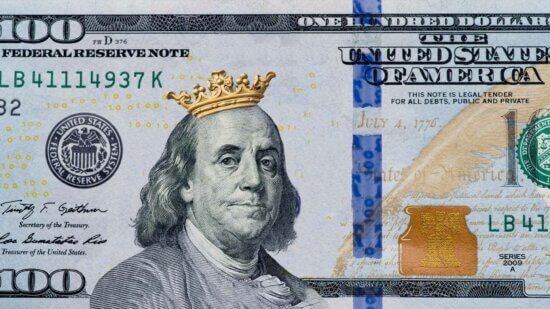
If your NCAA Basketball Tournament bracket is already busted, consider a pastime that may be more rewarding.
National College Basketball Tournaments are here, again. If you have filled out at least one bracket for the Men’s or Women’s Tournament, then chances are you have already experienced the disappointment of a loss. You are not alone; bracket upsets happen to the best of us. The odds of creating a perfect bracket are 1 in 147.6 quintillion, which is why Warren Buffett offers $1 million a year for life to anyone who creates a perfect bracket. However, he knows he won’t have to pay up.
When creating a bracket, we have plenty of data to assist us. We usually begin by looking at the tournament seeding. The NCAA Basketball Tournament seeds 32 teams that receive automatic bids to the tournament by winning their conference tournament. The remaining 36 teams receive “at-large” bids. Since the tournament began seeding teams in 1979, there have only been three occasions where the four regional #1 seeds advanced to the Final Four in the Men’s tournament. It has never happened in the Women’s tournament.
However, data isn’t the only factor that determines who will win or lose a game. Unmeasurable factors often come into play, and they are the reason for upsets like Auburn (ranked #4) lost to Yale (#13) or Middle Tennessee (#11) upsetting Louisville (#6). These surprises add a significant amount of uncertainty to the process of selecting the winning teams on a tournament bracket, making it virtually impossible for any human or machine to create a perfect bracket.
When selecting stocks for an investment portfolio, people are often swayed by unmeasurable factors like trends, past performance, emotions, or what’s happening with the “investment herd.” They believe stocks that are soaring today will continue to do so in the future. However, this approach is not a winning long-term strategy. Warren Buffett is a value investor who invests in stocks of companies whose per-share stock price is less than their per-share intrinsic value. To determine intrinsic value, an investor must analyze a company’s fundamentals. One of Buffett’s favorite ways to explain stock value is to quote John Burr William’s words from his book, “The Theory of Investment Value” where he says, “The value of any stock, bond or business today is determined by the cash inflows and outflows – discounted at an appropriate interest rate – that can be expected to occur during the remaining life of the asset.” Buffett also considers qualitative factors when deciding whether to add a company to his investment portfolio.
Fortunately, we don’t have to become stock analysts to determine whether a company’s stock price is fairly, over, or undervalued. We can invest in an ETF, mutual fund or separate account that invests in undervalued stocks and let investment professionals do the work for us.
So, enjoy the rest of the NCAA basketball tournament matchups, and keep in mind that while this year’s and future bracket selections may not guarantee a $1 million a year annual income for life, working with a good financial advisor, beginning an investment program early, choosing a sound investment strategy like value investing and remaining invested for the long-term, could potentially yield those outcomes.
Discover more about:
More Insights

Turn Cash Into Opportunities With Active Management

The High-Quality Case for Investing in Global Luxury Goods

Why Cash Is No Longer King: Bonds Should Reign

Using Dividends to Strengthen Portfolios Amid Lower Rates

The ABCs of Tax-Loss Harvesting
